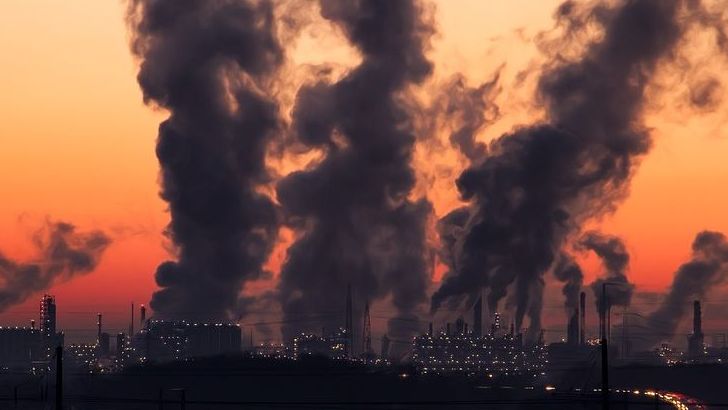The Hidden Connection Between Air Pollution and Missing Rain
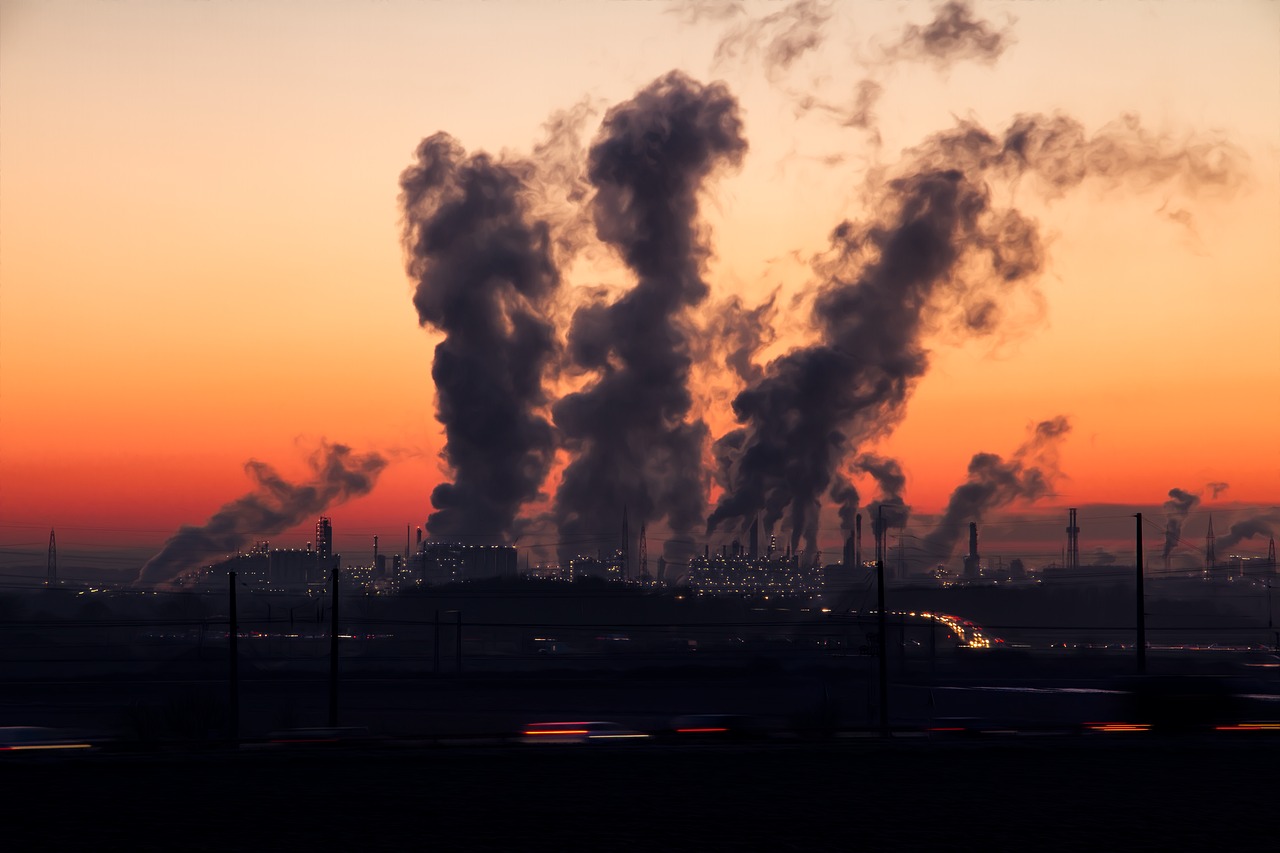
Something extraordinary happened that scientists didn’t expect when they started looking closely at rainfall data from the past century. Greenhouse gas emissions should increase rainfall by warming the atmosphere and allowing it to hold more water vapor, yet for much of the 20th century, that increase in precipitation didn’t clearly show up in the data. As aerosols decrease, their long-term drying effect will likely diminish, causing rainfall averages and extremes to rapidly increase. The culprit behind this puzzling pattern wasn’t what you might think.
Air pollution has been secretly stealing our rain for decades, and only now are researchers beginning to understand how this invisible thief operates. Air pollution hides increases in rainfall according to groundbreaking research published in 2024 that finally solved this meteorological mystery. This discovery changes everything we thought we knew about precipitation patterns and climate change.
When Tiny Particles Become Rain Blockers
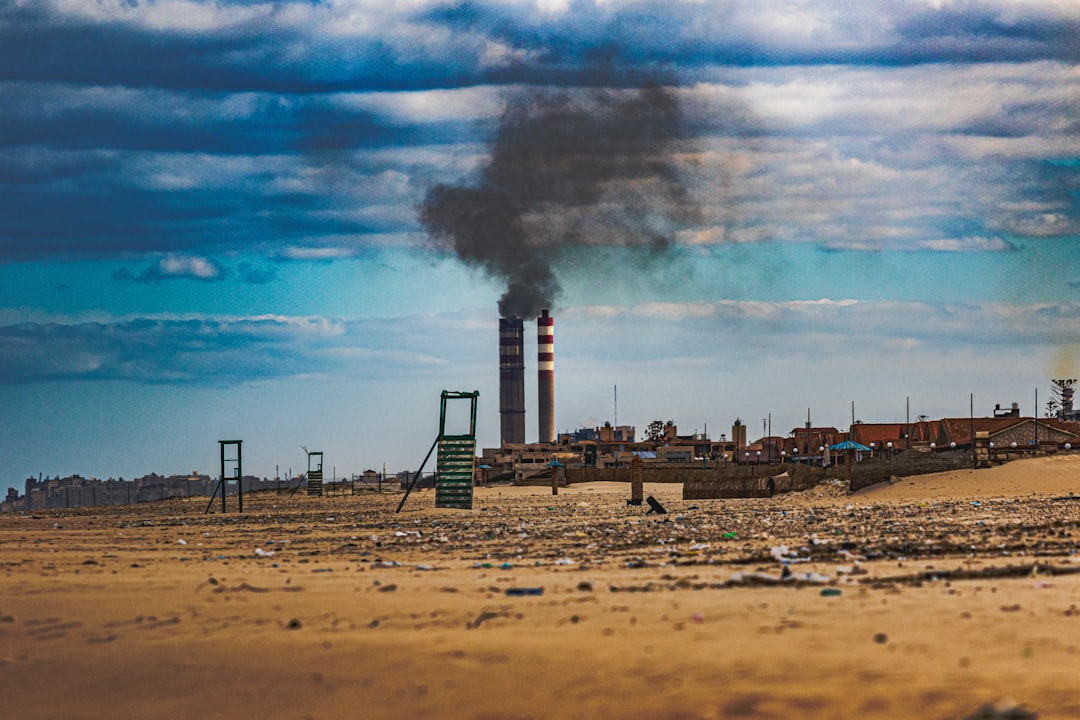
Urban and industrial air pollution can stifle rain and snowfall because the pollution particles prevent cloud water from condensing into raindrops and snowflakes. Think of it like trying to make a decent cup of coffee with a thousand tiny filters instead of one proper one. As more pollution particles enter a rain cloud, the same amount of water becomes spread out, and these smaller water droplets float with the air and are prevented from coalescing and growing large enough for a raindrop.
The cloud yields less rainfall over the course of its lifetime compared to a clean cloud of the same size. More aerosol particles can lead to more, but smaller, cloud droplets, which may reduce the rain that falls from that cloud. It’s nature’s version of bureaucracy – too many intermediaries slowing down the process.
The Great Rainfall Masking Effect Revealed

Greenhouse gas emissions increase rainfall, while aerosols have a long-term drying effect as well as short-term impacts that vary with the seasons. Scientists discovered that pollution wasn’t just reducing rain – it was completely masking the increases we should have been seeing from global warming. For much of the 20th century, that increase in precipitation didn’t clearly show up in the data.
The Berkeley Lab study that broke this case wide open found something remarkable. Researchers broke down how human-induced greenhouse gas and aerosol emissions influence rainfall in the United States. They discovered we’ve been looking at a climate system where two powerful forces were locked in an invisible battle, with rain caught in the middle.
Different Regions, Different Rules
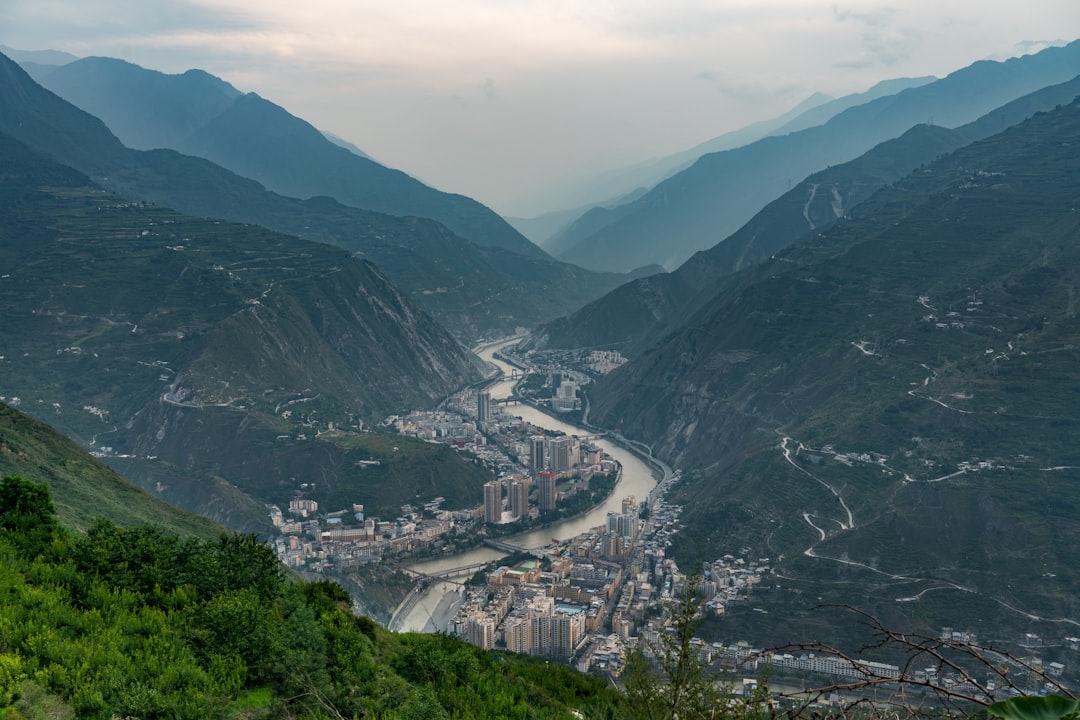
Not all places respond to air pollution the same way, and recent research from China reveals just how dramatically location matters. Rainfall under polluted conditions is significantly greater than that under clean conditions, particularly in humid regions of East China and South China, with high aerosol concentrations promoting rainfall more in regions with high rainfall.
In Sichuan Basin, aerosols tend to reduce warm-topped rain by making the atmosphere more stable, while for cold-topped rain, aerosols initially enhance precipitation but suppress it at higher concentrations. In North China Plain, dust aerosols facilitate the formation of larger raindrops and increase rain rate and amount regardless of cloud types. It’s like pollution speaks different languages depending on where it lands.
The Pollution Paradox in Cloud Formation
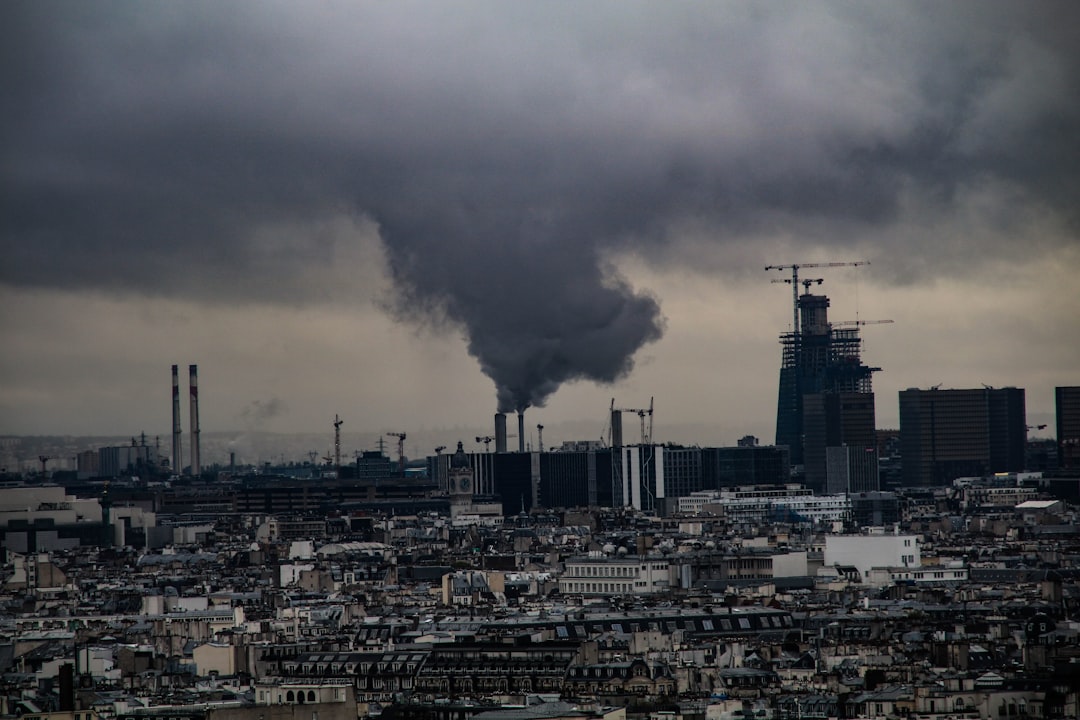
Water droplets usually form around aerosol particles, so higher concentrations make it easier for cloud droplets to form, but as these droplets are smaller and more numerous, resulting clouds can hold more water before rainfall occurs. Picture a traffic jam where more cars enter the highway but they all move slower – you get more congestion but less actual movement.
When aerosol particle concentrations are higher, more cloud droplets form with smaller sizes, delaying precipitation formation and increasing cloud lifetime. This creates a fascinating meteorological paradox where pollution makes clouds live longer but rain less effectively. Moistening by aerosol-induced drizzle suppression may be larger than evaporation feedback, allowing clouds to redistribute cloud water horizontally and increase cloud cover fraction.
China’s Clean Air Policies Create Unexpected Consequences
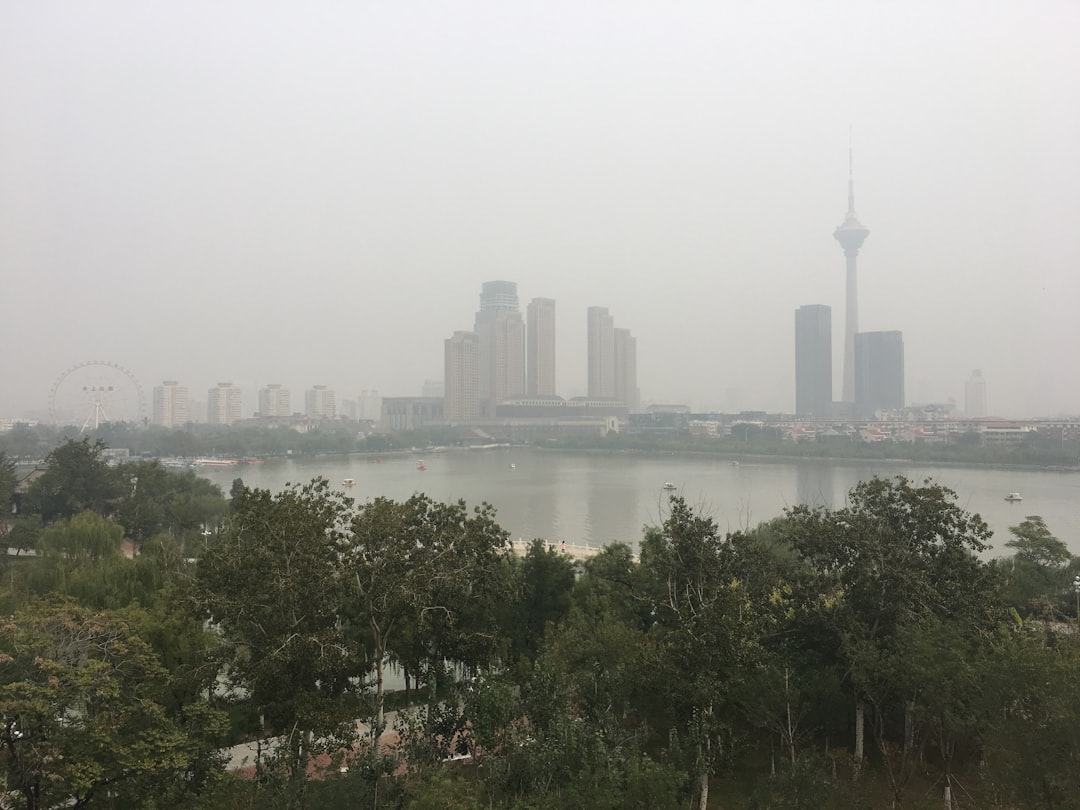
Something remarkable happened in China after 2013 that illustrates just how powerful these pollution-rainfall connections really are. This study highlights an accelerated trend in extreme precipitation in China since 2010 largely attributed to the reversal of aerosol trends linking to clean air policies. When China implemented aggressive pollution controls, extreme rainfall didn’t just increase – it accelerated dramatically.
Extreme precipitation in China has increased during 2000-2023 with a substantially accelerated trend after 2010. The weakening of East Asian summer monsoon was predominantly attributed to anthropogenic aerosols, with increased aerosol optical depth reducing land-sea temperature and pressure differences. It’s like removing a dam – once the barrier comes down, everything changes quickly.
The Temperature Contrast Game

Higher aerosol levels decreased surface shortwave radiation, land surface temperature, and evaporation, weakening land-sea thermal contrast and increasing atmospheric stability while suppressing upper air water vapor flux and precipitation. Think of aerosols as nature’s air conditioning system – they cool things down, but in doing so, they mess with the temperature differences that drive weather patterns.
Global aerosol changes induce regional warming of 0.2°C in China, equally contributed by domestic and foreign emissions changes, with China’s domestic emission reductions leading to regional average temperature rise primarily driven by rapid atmospheric adjustments. When you remove the cooling effect of pollution, temperatures don’t just gradually warm – they snap back like a rubber band.
Seasonal Surprises and Regional Variations

Quarterly aerosol optical depth averages over the past decade demonstrate summer greater than spring greater than autumn greater than winter, with highest summer values in Shandong reaching 0.8290 in western regions. High temperatures and abundant water vapor make gas-to-particle conversion more likely in summer, with water-soluble aerosols absorbing moisture and expanding under combined influence of human activities and ocean effects.
More humid zones exhibited an average rainfall increase of 0.224 mm per hour under polluted conditions. The effect of high-concentration aerosols on precipitation is less pronounced in arid areas than in humid regions. It’s like pollution needs moisture to really show its rainfall-altering powers – dry areas just don’t provide the right conditions for the magic to happen.
From Light Drizzle to Heavy Downpours

Under polluted atmosphere, light rain is reduced, while moderate and heavy rain are both intensified. This isn’t just about getting less or more rain – pollution actually changes the character of rainfall itself. The warm rain process is terminated in heavily polluted tropical convective clouds, requiring contaminated cloud tops to ascend above 0°C and even to altitudes below -10°C to produce precipitation.
Polluted clouds have higher cloud base heights caused by more surface cooling due to higher shortwave cloud forcing, as well as higher liquid water content caused by increased water vapor condensation due to higher concentration of hygroscopic aerosols. Imagine pollution as a conductor demanding that clouds work harder and higher before they’re allowed to rain – the result is often more dramatic when it finally happens.
The Marine Cloud Enhancement Effect

Using the largest known database of ship-track samples, research shows forcing from cloud fraction increase to aerosols is strong, with marine low clouds being the largest contributor to reflecting solar radiation back to space. Increasing aerosol concentration leads to higher cloud droplet number and smaller droplet effective size, making marine low clouds brighter.
Aerosols significantly increase cloud albedo and fraction particularly under stable atmospheric conditions during early cloud formation development. Over oceans, where conditions are more uniform than over land, these effects become especially pronounced and measurable. Decreased droplet size from increasing aerosol numbers can delay and suppress precipitation formation by suppressing droplet collision-coalescence process.
The Future of Rainfall in a Cleaning World
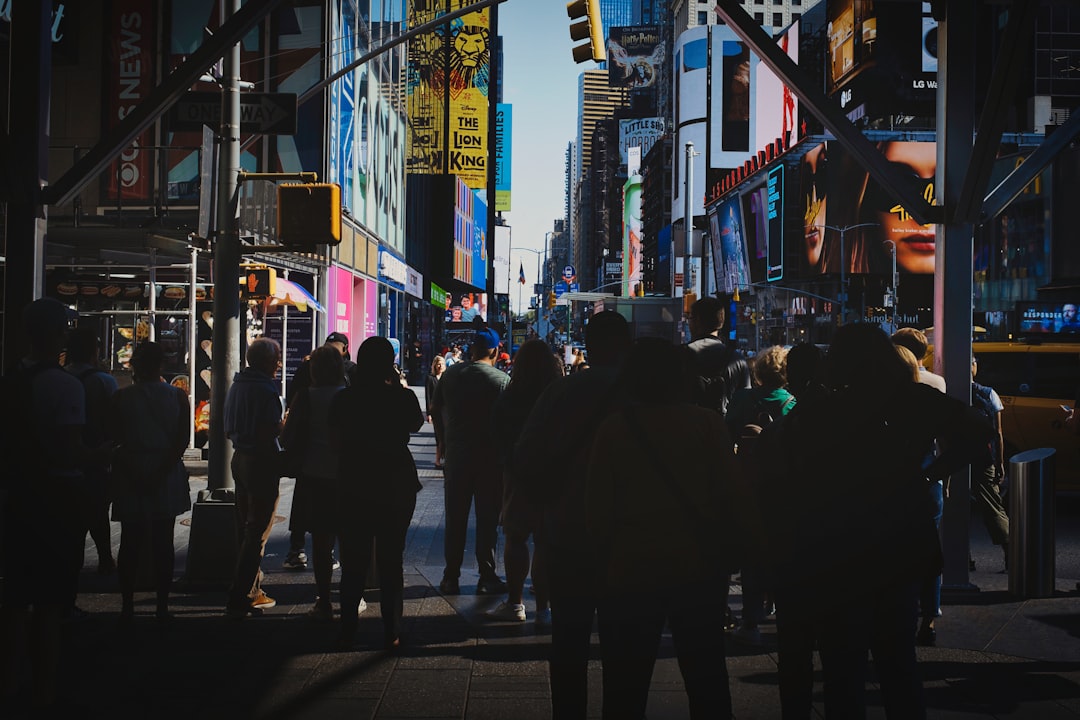
Nearly half of Americans – 156.1 million people – live with unhealthy levels of air pollution, which is nearly 25 million more people breathing unhealthy air compared to last year’s report. But as the world slowly cleans up its act, we’re entering uncharted meteorological territory. Between 1970 and 2023, combined emissions of six common pollutants dropped by 78 percent.
With aerosols increasing due to human activities, they could have important impact on climate change because clouds reflect sunlight and keep temperatures cooler, but this cooling impact is difficult to measure and has led to significant uncertainty in climate change projections. As we reduce pollution, we’re essentially removing a mask that has been hiding the true face of climate change for decades.
When Clean Air Meets Extreme Weather

Increases in heavy precipitation events act to decrease air pollution deaths somewhat in the future, especially in north and south regions, as precipitation increases wet removal of aerosols. There’s a silver lining to this story – more intense rainfall can actually help clean the air by washing pollutants out of the atmosphere. Nearly 25 million more people are breathing unhealthy levels of ozone than in last year’s report, with many cities reaching their highest number of days with unhealthy particle pollution ever reported.
But here’s the twist: as we clean our air, we might be trading one problem for another. The removal of aerosols that have been suppressing rainfall could lead to more extreme precipitation events, creating new challenges for flood management and water resources planning. This study provides novel insights into causes of extreme precipitation and improves predictability in China, guiding future policies for addressing climate change and weather extremes.
The Global Climate Balancing Act
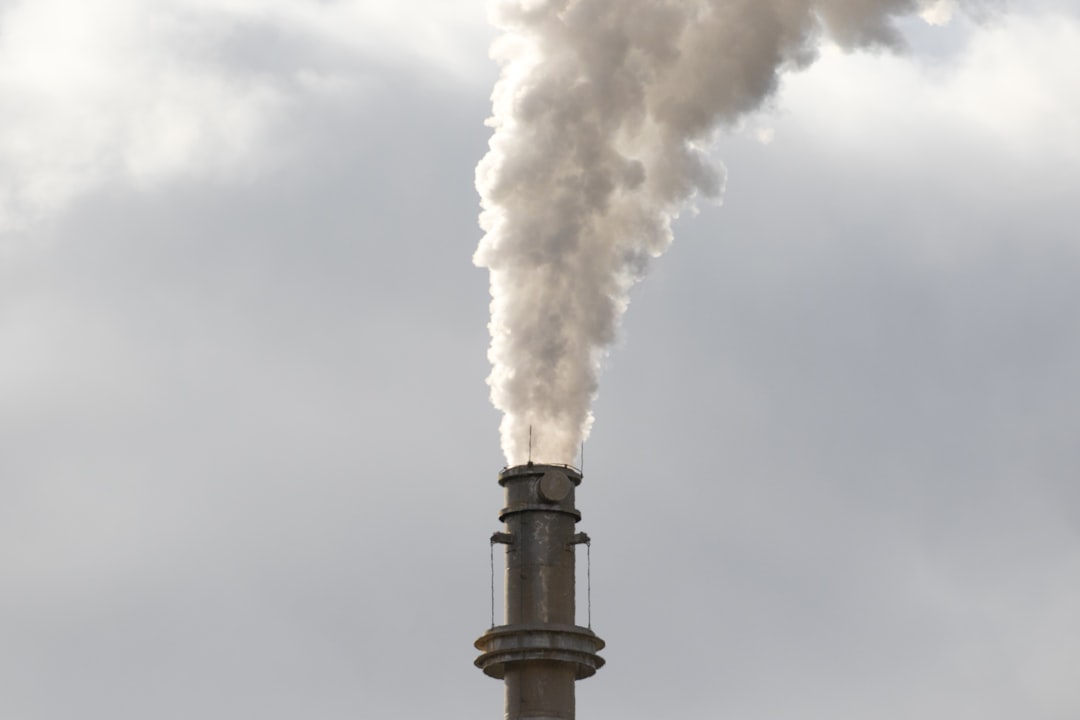
The Department of Energy supports extensive research on clouds, aerosols, and their roles in Earth’s climate, with atmospheric system research focusing on studies to address uncertainty in climate predictions due to clouds, aerosols, and precipitation. Understanding these connections isn’t just academic curiosity – it’s essential for predicting our climate future.
Air pollution accounted for 8.1 million deaths globally in 2021, becoming the second leading risk factor for death. Because urban and industrial air pollution is a significant problem in many regions, human activity may be affecting rainfall patterns on a global scale, providing the first direct evidence of how pollution affects rainfall levels. We’re living in the middle of a massive, unintended weather modification experiment.
The intricate dance between air pollution and rainfall patterns reveals just how deeply human activities have woven themselves into Earth’s climate system. As we continue cleaning our air – which we absolutely must do for human health – we’re also unleashing precipitation patterns that have been suppressed for generations. The rain we’re getting back might be more intense and unpredictable than what we remember, but understanding these connections gives us the power to prepare for what’s coming next.
- How Meteorologists Predict Storms Using Satellite Data - October 3, 2025
- What Causes Rainbows And Why They’re Always Curved - October 1, 2025
- 3 Industries Face Crushing New Tariffs as Trade War Escalates - September 28, 2025

